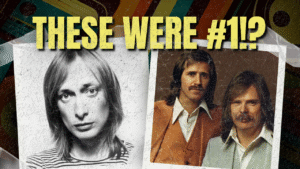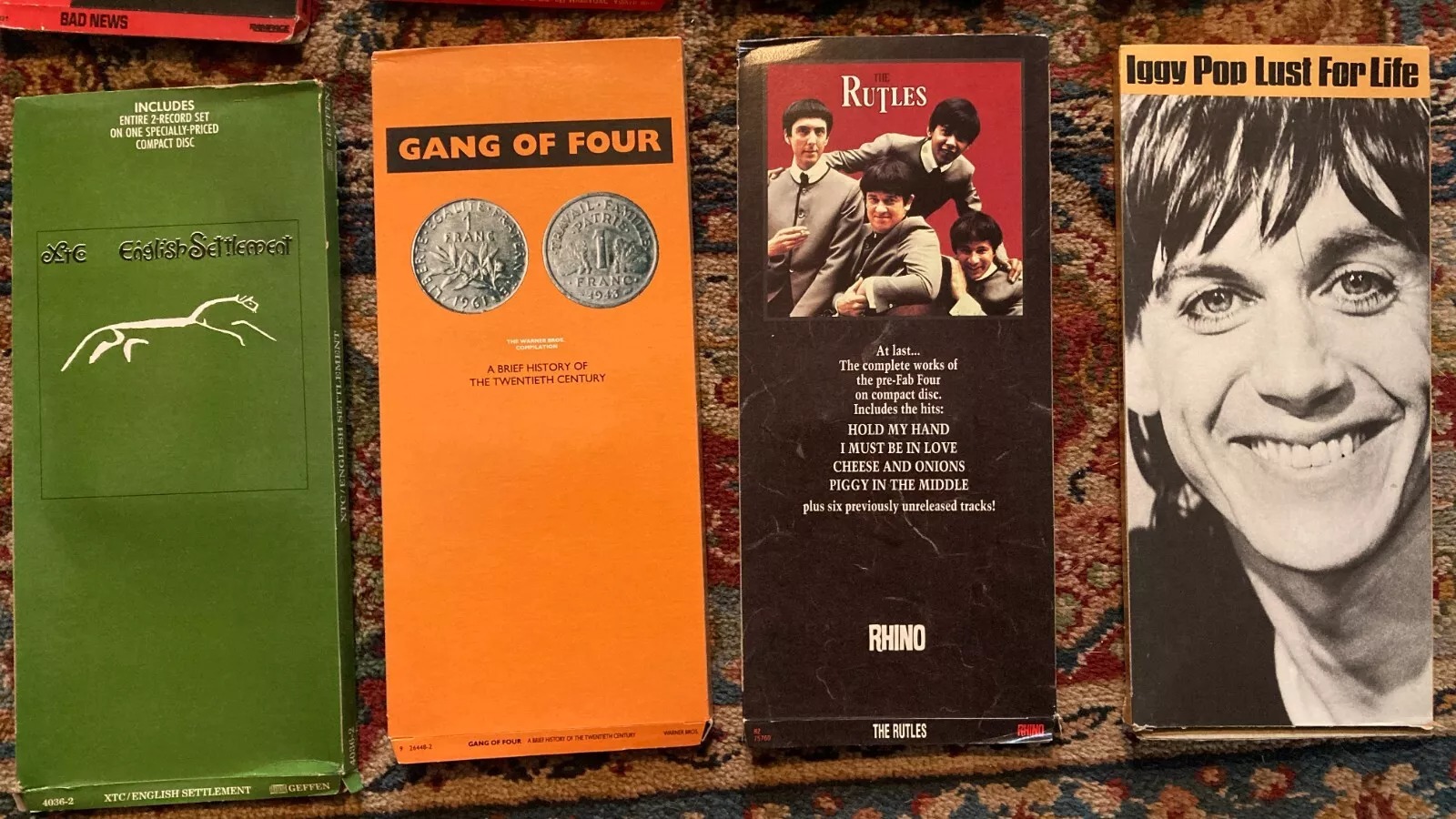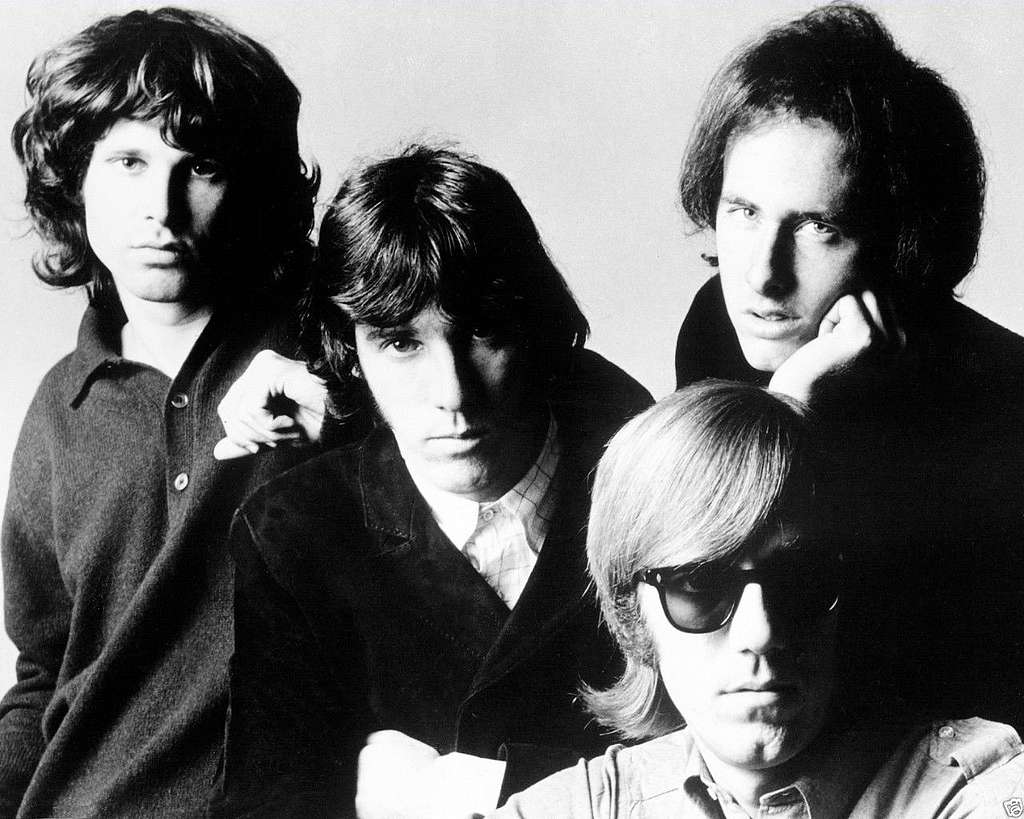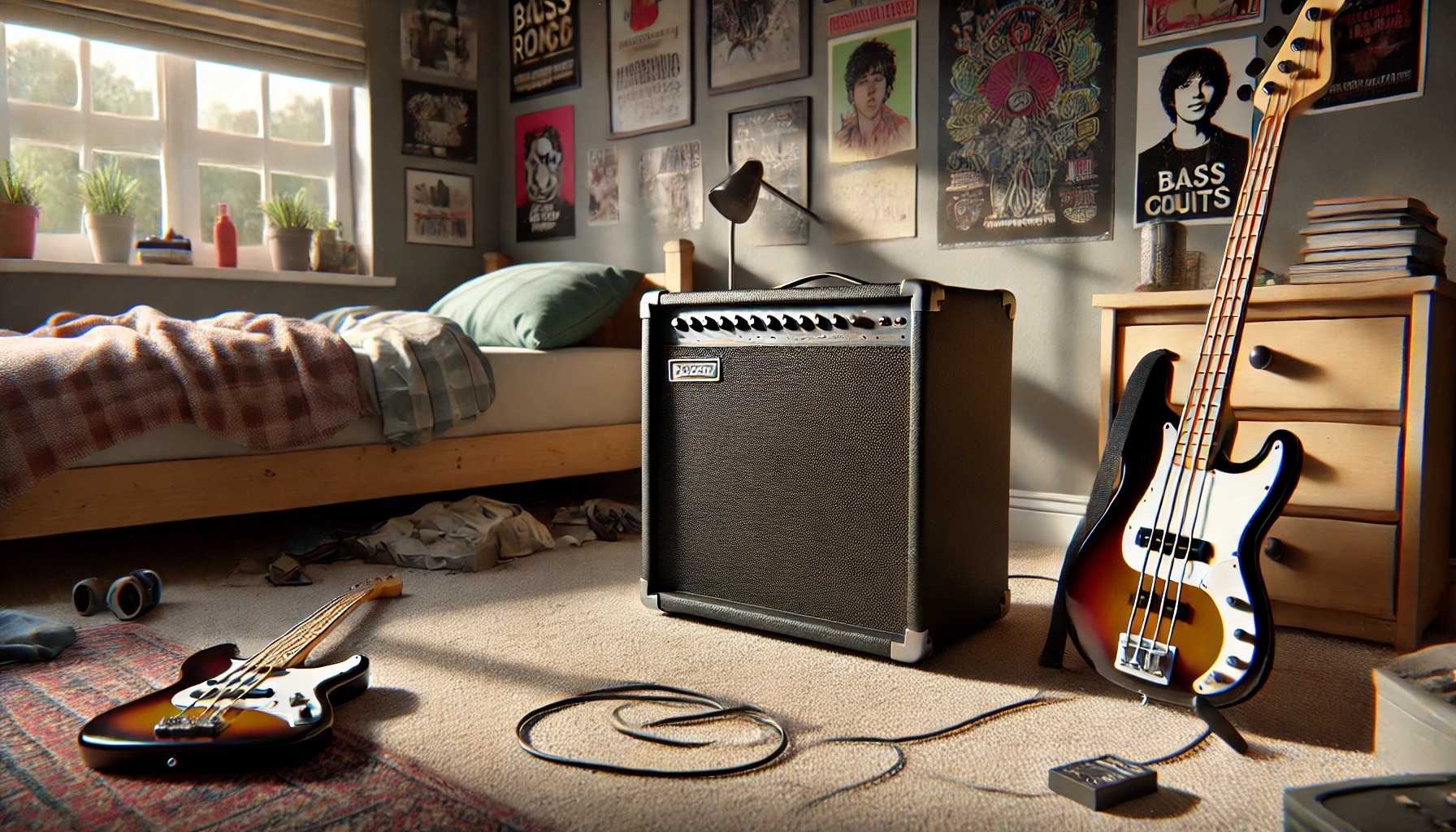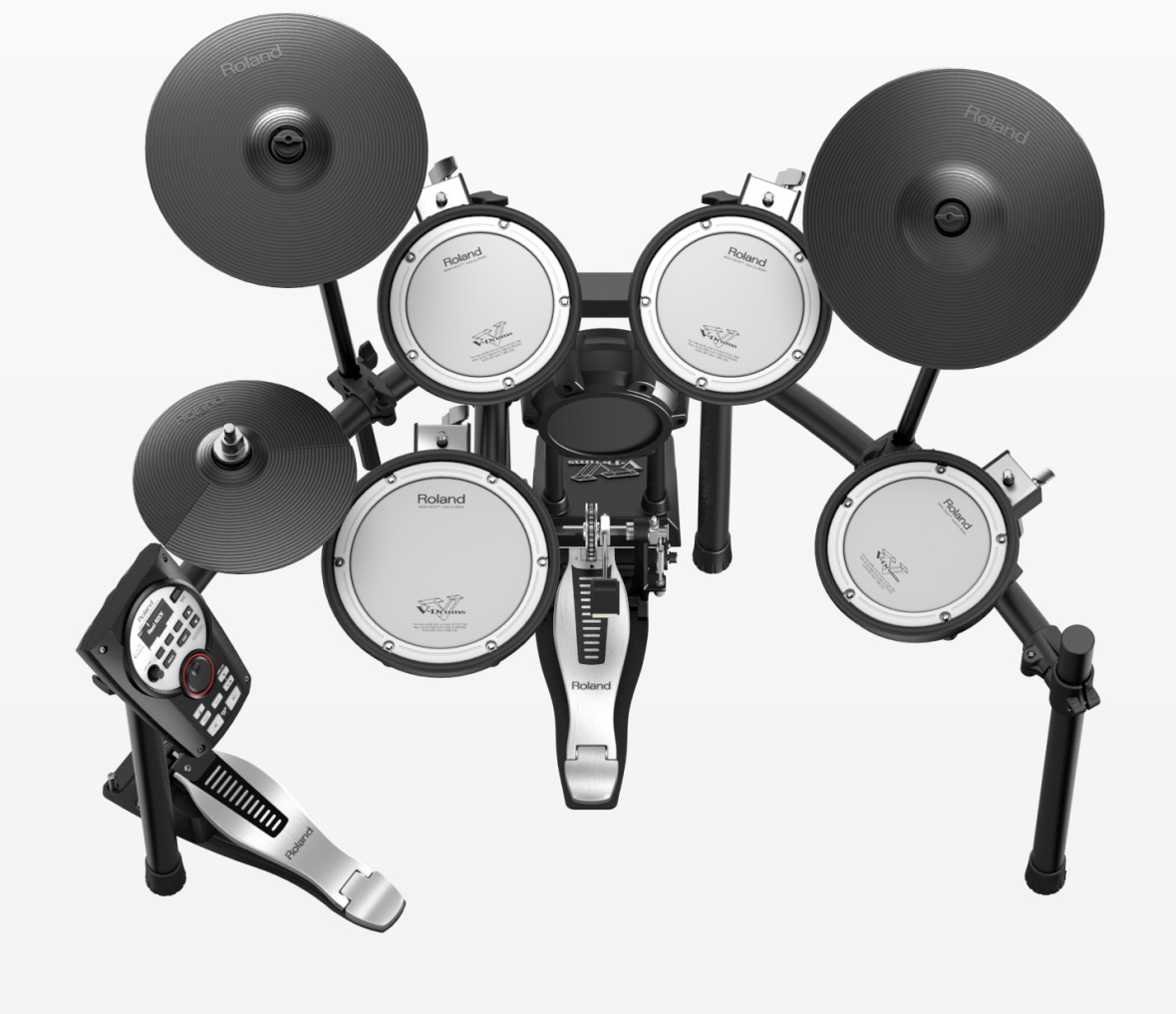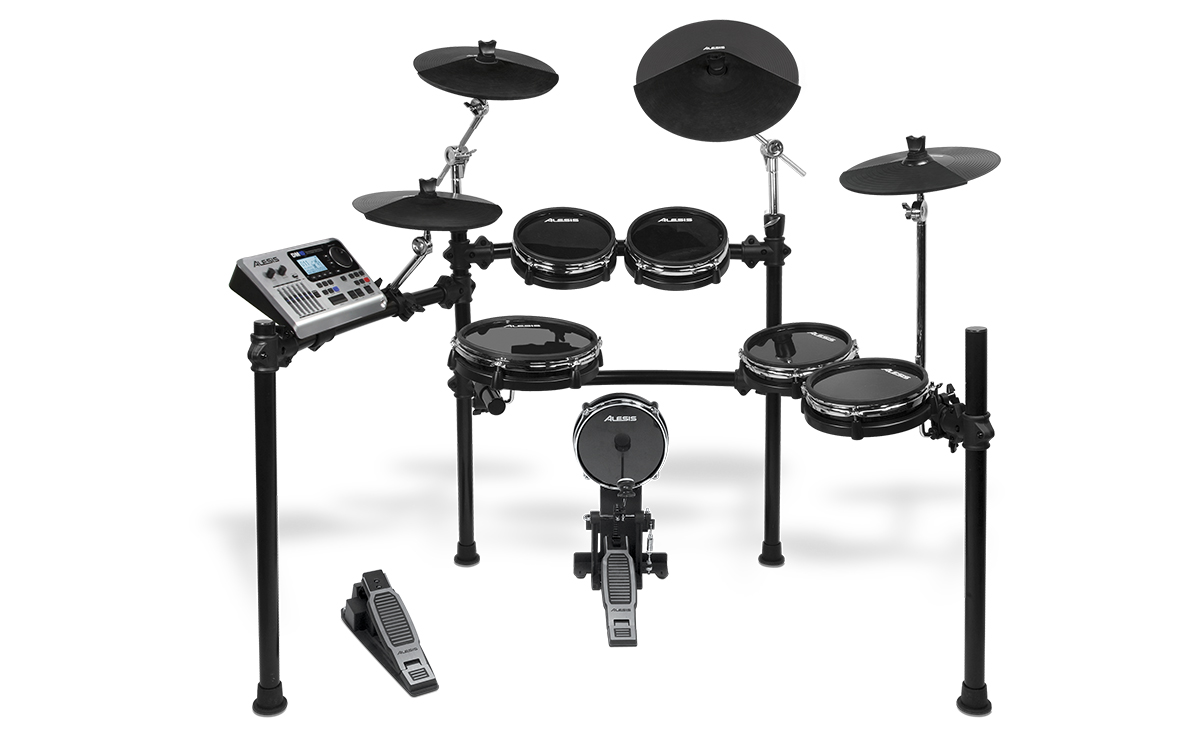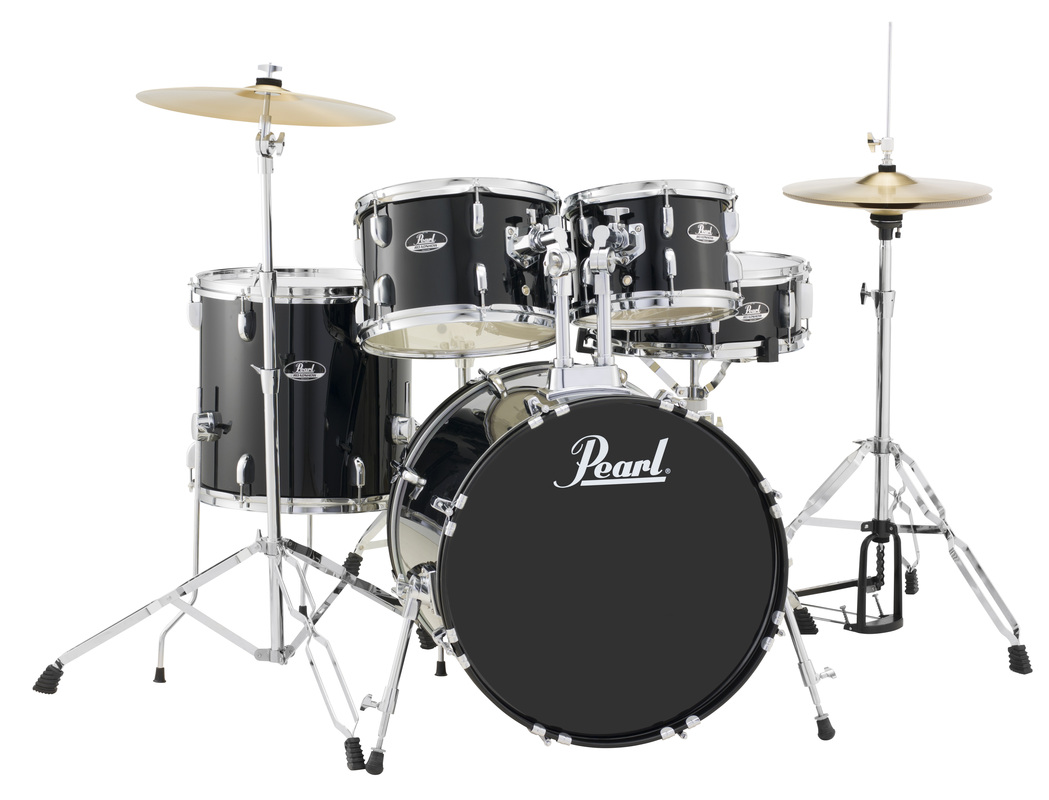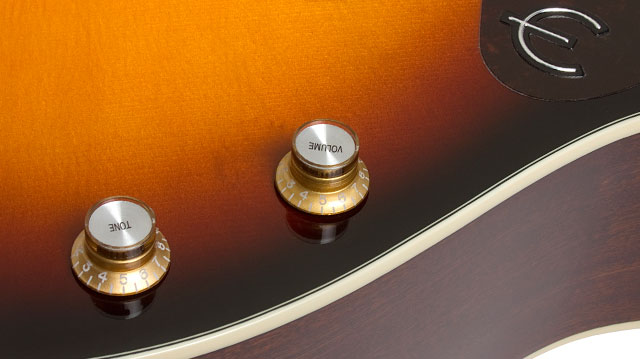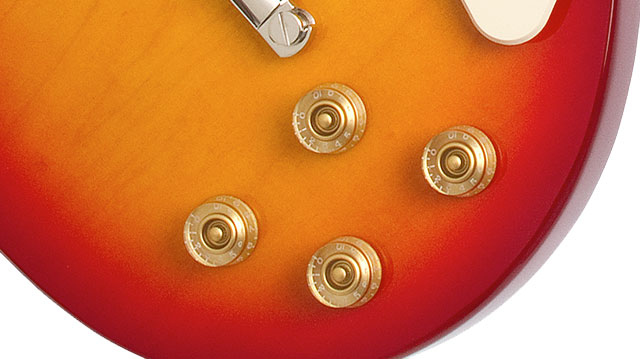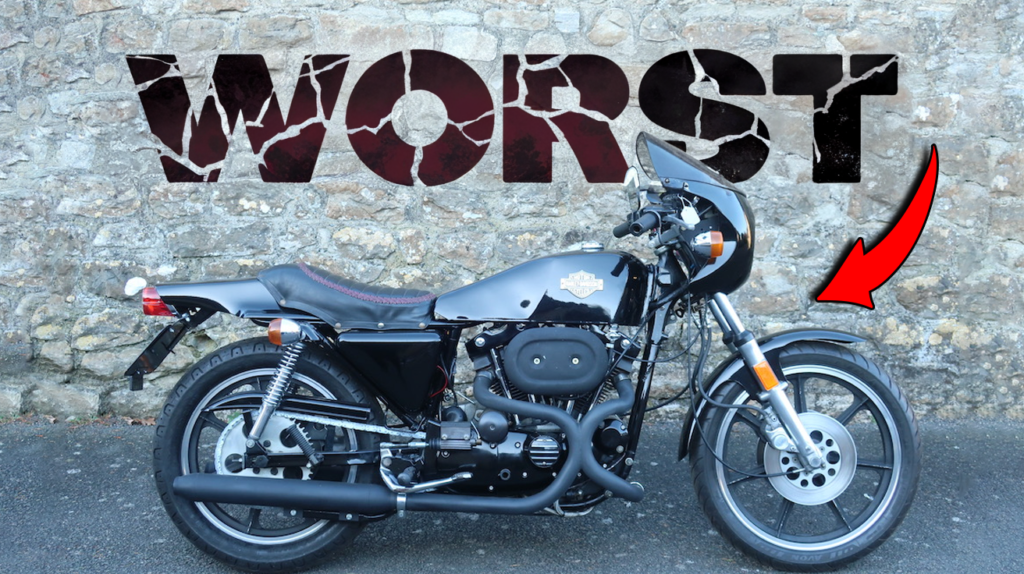
Picture a vibrant era where bold choices collided with wild imagination. The 1980s burst onto the cultural landscape like a neon explosion, challenging conventional norms and pushing boundaries in fashion, technology, and entertainment. Trends emerged that would simultaneously fascinate and horrify future generations, creating a decade defined by its unapologetic creativity and occasional questionable taste. Remarkable innovations alongside ridiculous concepts shaped an unforgettable period of cultural transformation. Every aspect of life seemed infused with an experimental spirit that defied traditional expectations. These unconventional choices would later become a fascinating lens through which we understand societal evolution, revealing how cultural trends reflect deeper human desires for expression and connection. Understanding these 80s trends offers more than mere nostalgia; it provides profound insights into the complex mechanisms of cultural change and human creativity.
25. Harley-Davidson Sprint 350
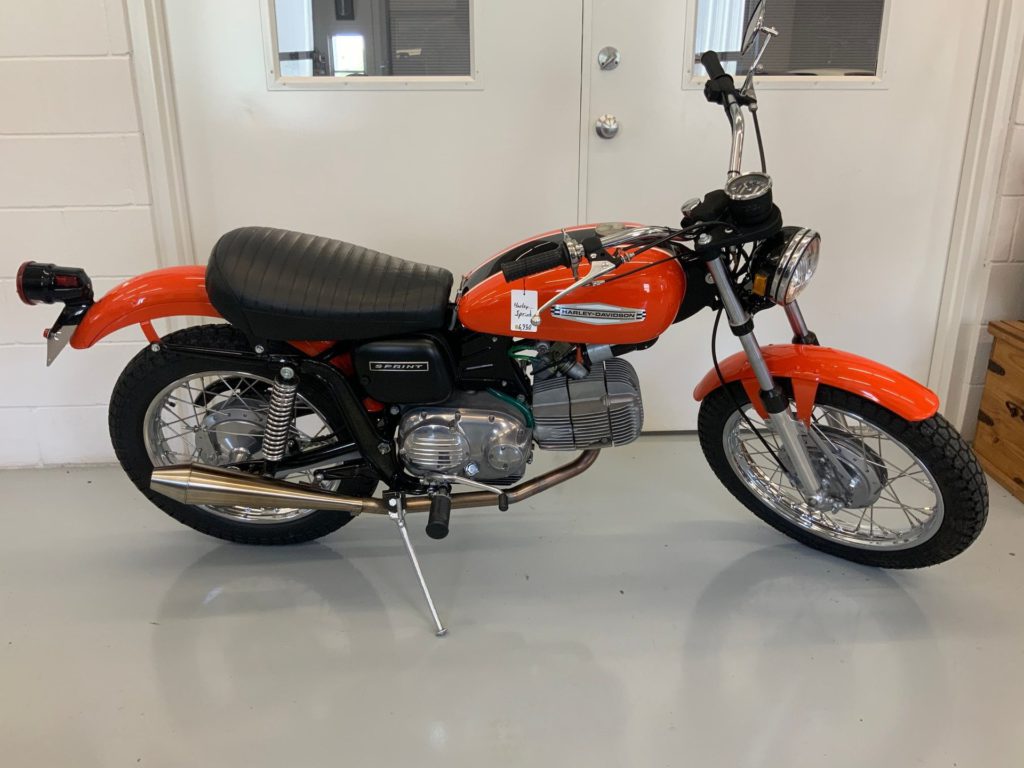
Some say legend began when Harley-Davidson first attempted to challenge Japanese motorcycle dominance with a less-than-stellar design. The Sprint 350 emerged during the controversial AMF era as a single-cylinder sport bike targeting smaller, lighter motorcycles from Honda and Yamaha. Its 344 cubic centimeter fourstroke single engine struggled with fundamental performance issues, generating widespread rider frustration. Mechanical challenges included persistent overheating problems and notoriously difficult starting procedures that felt more like an intense workout than a simple motorcycle launch. Prolonged riding left operators with numb hands and exhausted wrists due to extreme engine vibration that seemed to permeate every component. The bike’s styling failed to capture Harley’s iconic aesthetic, appearing more like a bland imitation than a premium American-made motorcycle. Poor assembly quality further compounded the Sprint 350’s reputation, with many components feeling misaligned or cheaply constructed. Ultimately, the model represented a textbook example of Harley’s struggles during a challenging period of manufacturing and design innovation.
24. 2001 V-Rod: Power Cruiser Identity Crisis
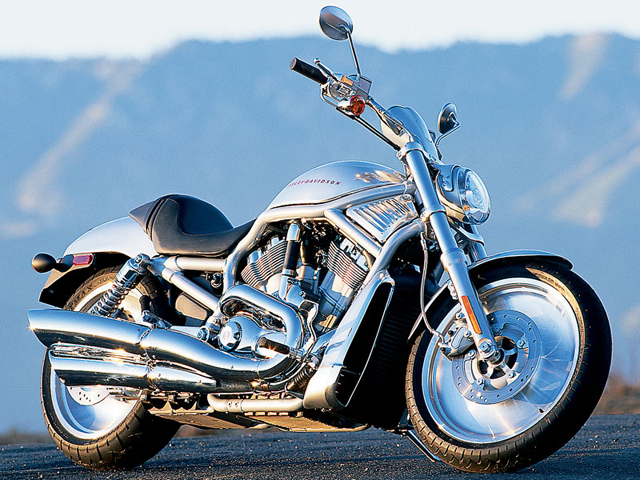
Have you ever wondered how a motorcycle could simultaneously impress and disappoint? The 2001 V-Rod introduced the revolutionary liquid-cooled 60-degree v-twin engine, developed collaboratively with Porsche, promising unprecedented performance for Harley-Davidson. While the powerplant delivered impressive specifications, it notably lacked the iconic rumbling soundtrack enthusiasts expected from the brand. Riders quickly discovered that the motorcycle’s ergonomics created significant discomfort, with forward foot controls forcing an awkward riding posture that challenged long-distance comfort. The aluminum-framed body contributed to an excessive bulk, making low-speed maneuvers feel cumbersome and ungainly. Its 3.7-gallon gas tank became a practical nightmare, forcing frequent refueling stops that undermined any touring potential. Critically, the V-Rod’s aggressive, futuristic styling alienated both traditional Harley loyalists and dedicated sportbike riders, leaving the motorcycle stranded in a marketing no-man’s land. The model ultimately represented a bold but fundamentally misunderstood attempt to bridge different motorcycle cultures, failing to fully satisfy either audience.
23. Early Dyna Glide Series: The Death Wobble Debacle
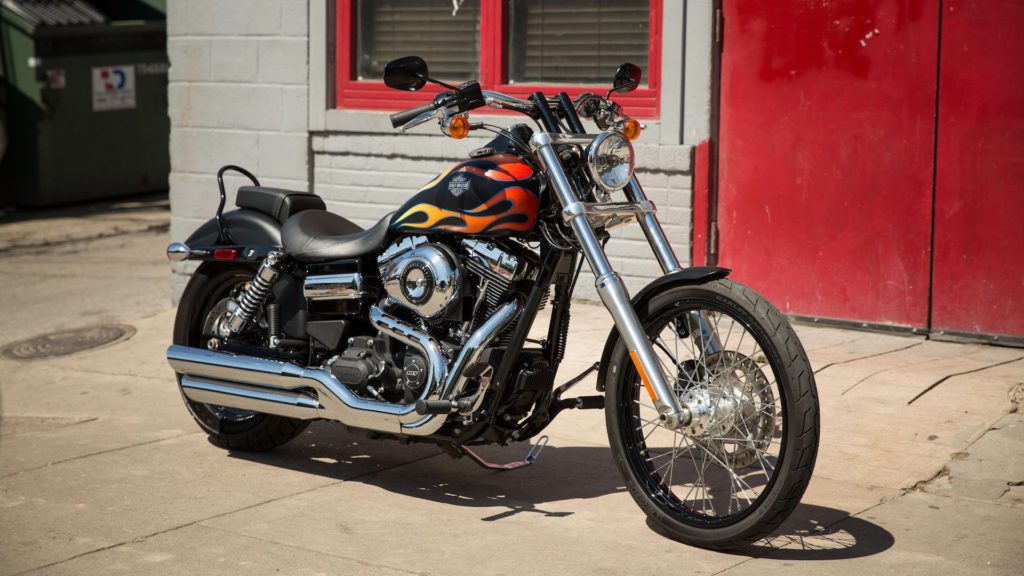
Step into a high-stakes riding scenario where mechanical design meets potential danger. The early Dyna Glide series aimed to blend cruiser versatility with touring stability but became infamous for its terrifying ‘death wobble’ – a sudden, uncontrollable front-end oscillation that threatened rider safety at highway speeds. Powered by the Evolution engine, these motorcycles suffered from a frame design that critically lacked the rigidity needed to manage 60 horsepower of torque, creating an alarming instability that left riders feeling like the front wheel might detach at 65 miles per hour. Cornering and navigating uneven roads became treacherous experiences, with the motorcycle’s inherent structural weakness transforming what should have been a smooth ride into a white-knuckle adventure. Beyond the wobble issue, early Evolution engines were plagued by reliability nightmares, including persistent oil leaks, chronic overheating problems, and electrical system failures that frequently left riders stranded. Weak alternators and failing wiring harnesses compounded the mechanical challenges, transforming what should have been a proud Harley-Davidson riding experience into a testament of engineering compromise.
22. XLCR Cafe Racer: Style Over Substance
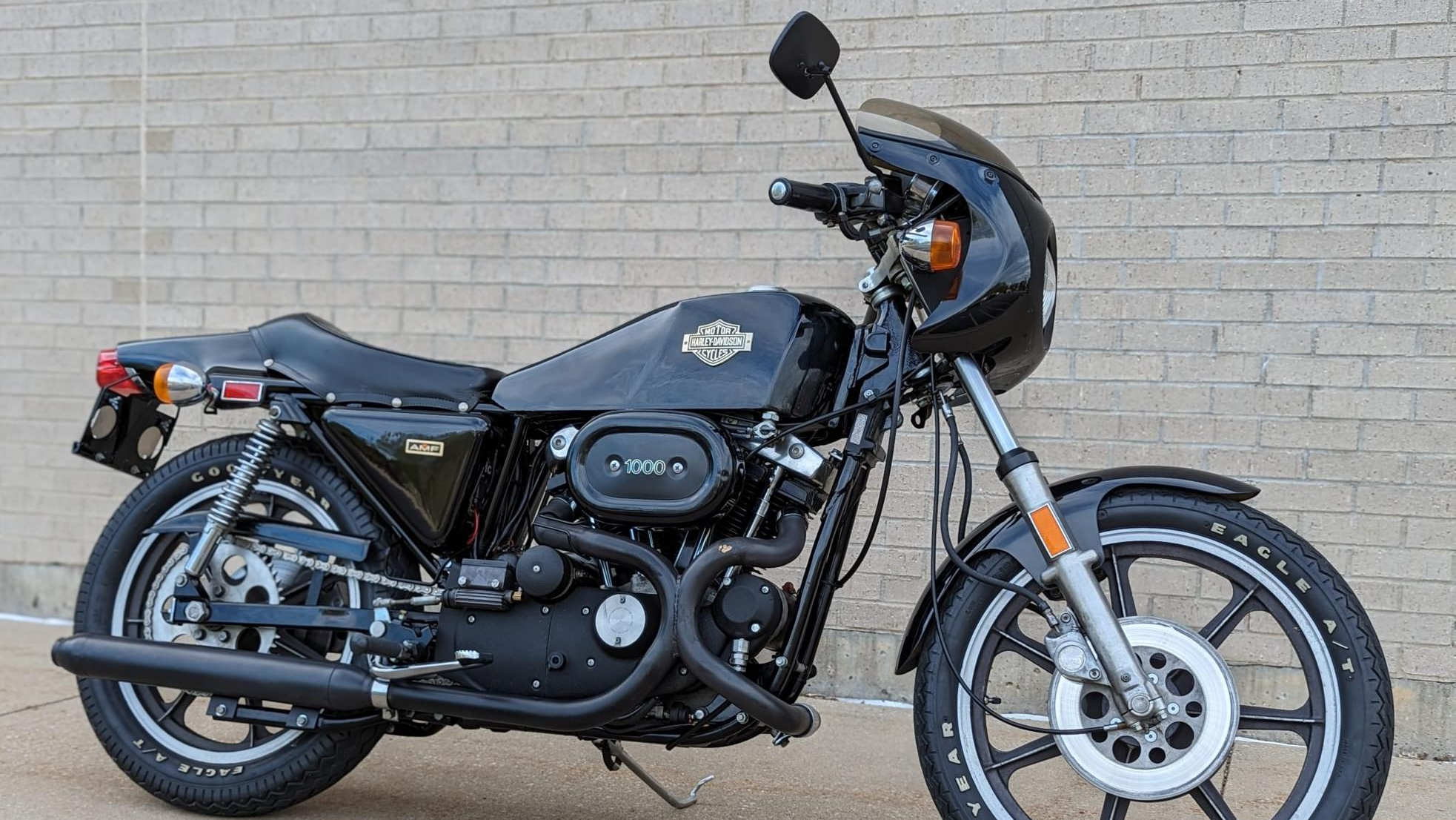
Collectors worldwide often recall the XLCR as Harley-Davidson’s most ambitious styling experiment gone awry. Designed by Willie G. Davidson, the motorcycle attempted to capture the cafe racer essence with a bold blacked-out aesthetic that challenged traditional Harley design conventions. Its 1000 cubic centimeter Ironhead V-twin engine produced a mere 61 horsepower, rendering the bike’s sporty pretensions laughable compared to nimble European competitors from Norton and Triumph. The motorcycle’s substantial weight further undermined its handling aspirations, making tight cornering and quick acceleration feel like wrestling an unwilling beast. Aesthetically, the XLCR divided opinion with its angular fuel tank and fiberglass tail section that seemed awkwardly grafted onto the classic Harley frame, creating a visual dissonance that neither pure cafe racer enthusiasts nor traditional Harley fans could fully embrace. Despite Willie G. Davidson’s creative vision, the XLCR became a fascinating footnote – a motorcycle that aimed to bridge design worlds but ultimately belonged fully to neither, embodying the era’s experimental spirit while highlighting the challenges of radical brand reinvention.
21. Street 500 and 750: Cheap and Uninspiring
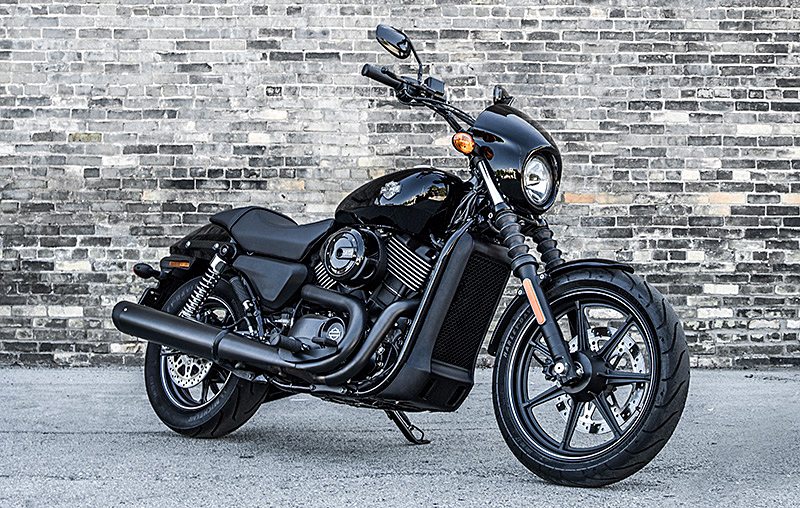
Have you ever wondered how a legendary brand could produce such a disappointing motorcycle? The Harley-Davidson Street 500 and 750 models were designed to attract younger urban riders and expand global market presence, but instead became synonymous with poor quality and uninspired engineering. Constructed with cheap materials, these motorcycles featured plastic components that cracked easily, with owners reporting widespread issues like rattling parts and misaligned panels within months of purchase. The 750 cubic centimeter Revolution X engine, specifically developed for these models, proved catastrophically unreliable, suffering from chronic overheating in urban traffic and exhibiting erratic throttle responses that frustrated riders. Excessive vibrations at higher speeds transformed what should have been an exciting riding experience into an uncomfortable ordeal, with the motorcycle feeling more like a rough prototype than a finished product. Despite Harley’s intentions to create an accessible entry-level motorcycle, these models instead became a cautionary tale of compromising brand reputation for market expansion, ultimately alienating both new and traditional Harley enthusiasts with their subpar design and construction.
20. Harley-Davidson Topper: Scooter Misadventure
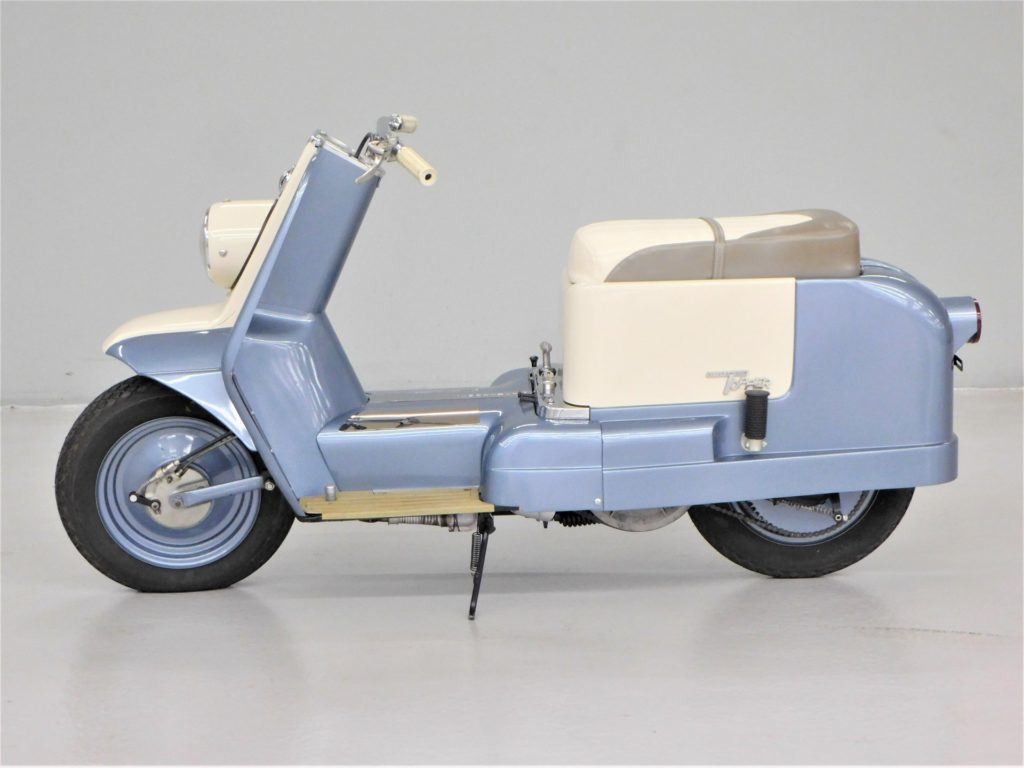
Step into a moment of corporate misadventure where Harley-Davidson ventured far from its comfort zone. The Topper scooter emerged as a lightweight attempt to challenge Italian manufacturers like Vespa and Lambretta, but quickly devolved into a mechanical embarrassment. Powered by a 165 cubic centimeter two-stroke engine producing a mere 9 horsepower, the Topper struggled with fundamental performance challenges that made urban mobility a chore. Riders faced the messy necessity of mixing oil with gas, creating an unpleasant refueling experience accompanied by a constant burning oil smell that permeated the riding environment. Its unreliable belt drive system became notorious for unexpected slipping, leaving riders stranded at the most inconvenient moments. Visually, the Topper looked more like a utilitarian box on wheels than the sleek, stylish scooters it sought to compete against, lacking the aesthetic elegance of its European counterparts. This mechanical misfire represented more than just a product failure; it symbolized Harley-Davidson’s momentary lapse in understanding its core design philosophy and market expectations.
19. SX 250: Off-Road Off Target
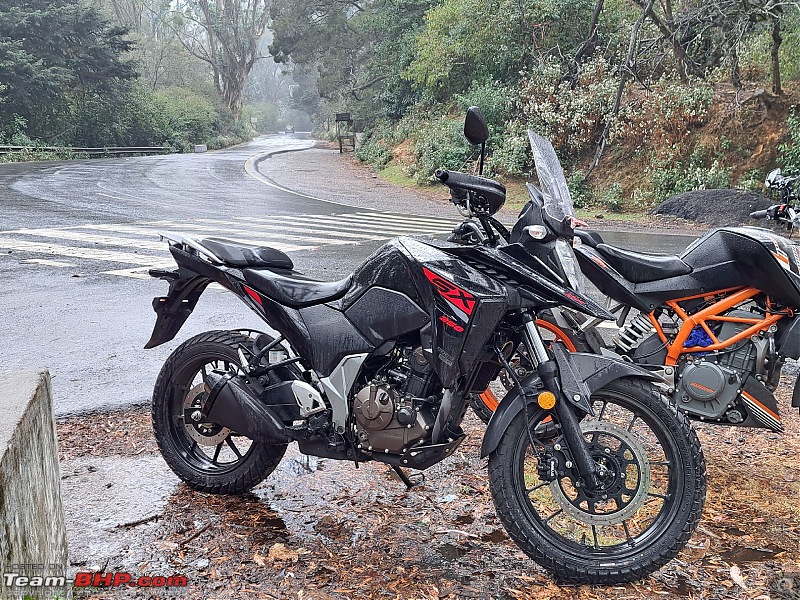
Some say legend began when Harley-Davidson first imagined conquering off-road terrain with a motorcycle that barely survived basic trail riding. Developed in partnership with the Italian brand Aermacchi, the SX 250 represented Harley’s misguided entry into the dirt bike and dual-sport market, powered by a 250 cubic centimeter two-stroke engine that consistently disappointed riders. The motorcycle’s carburetor suffered chronic flooding issues, creating unpredictable performance that made maintaining speed across rugged terrain nearly impossible. Its suspension system felt woefully inadequate, transforming every bump and jump into a bone-jarring experience that challenged riders’ endurance and motorcycle control. Mechanical limitations meant the bike struggled to deliver consistent power, with riders frequently reporting sudden losses of momentum at the most critical moments during off-road excursions. The SX 250 ultimately became a testament to Harley’s limitations outside its traditional cruiser and touring motorcycle domains, revealing how brand expertise in one motorcycle category doesn’t guarantee success in another. Enthusiasts would quickly dismiss this model as a forgettable experiment in diversification, lacking the robust engineering Harley-Davidson was renowned for in its core product lines.
18. 1981 Harley-Davidson Sturgis: Belt Drive Blues
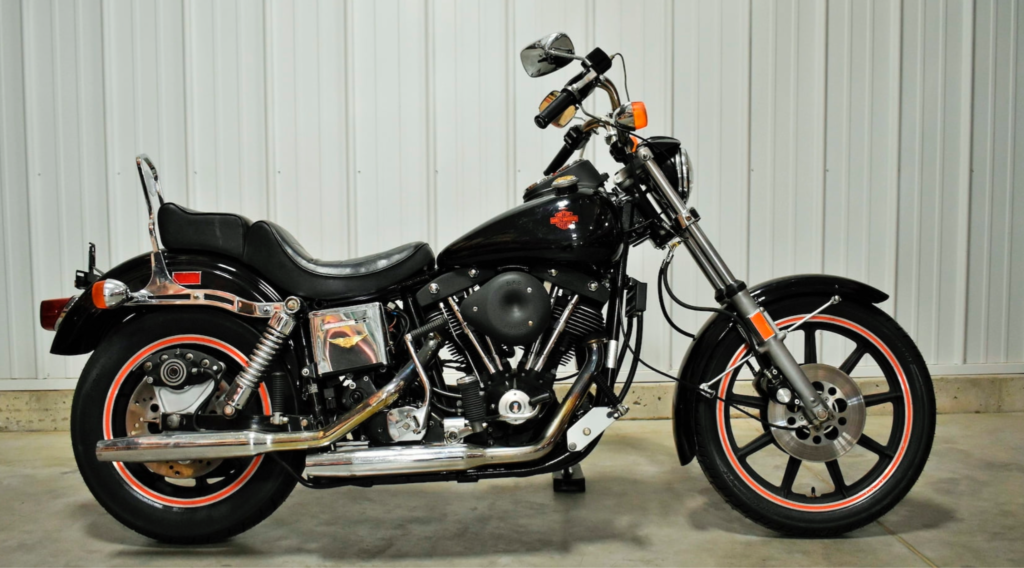
Collectors worldwide often recall the 1981 Sturgis as a bold concept that spectacularly failed to deliver on its promises. Inspired by the legendary Sturgis Motorcycle Rally, this belt-driven motorcycle represented Harley-Davidson’s innovative spirit during a challenging manufacturing era. The 80 cubic inch Shovelhead engine became notorious for its persistent reliability issues, with frequent oil leaks, chronic overheating, and vibrations that transformed what should have been a smooth ride into an uncomfortable experience. Its revolutionary belt drive system proved particularly problematic, with belts prone to snapping under stress and deteriorating at an alarming rate, leaving riders stranded and frustrated. Mechanical inconsistencies meant the motorcycle struggled to maintain performance, with riders reporting frequent stalling even after professional tuning. The poor assembly quality typical of the AMF years further undermined the Sturgis’s potential, making it a motorcycle that riders hesitated to trust on lengthy road trips. This model ultimately embodied the turbulent period in Harley-Davidson’s history, where ambitious design met disappointing execution, serving as a cautionary tale of innovation without sufficient engineering refinement.
17. Confederate Edition: Controversy and Flaws
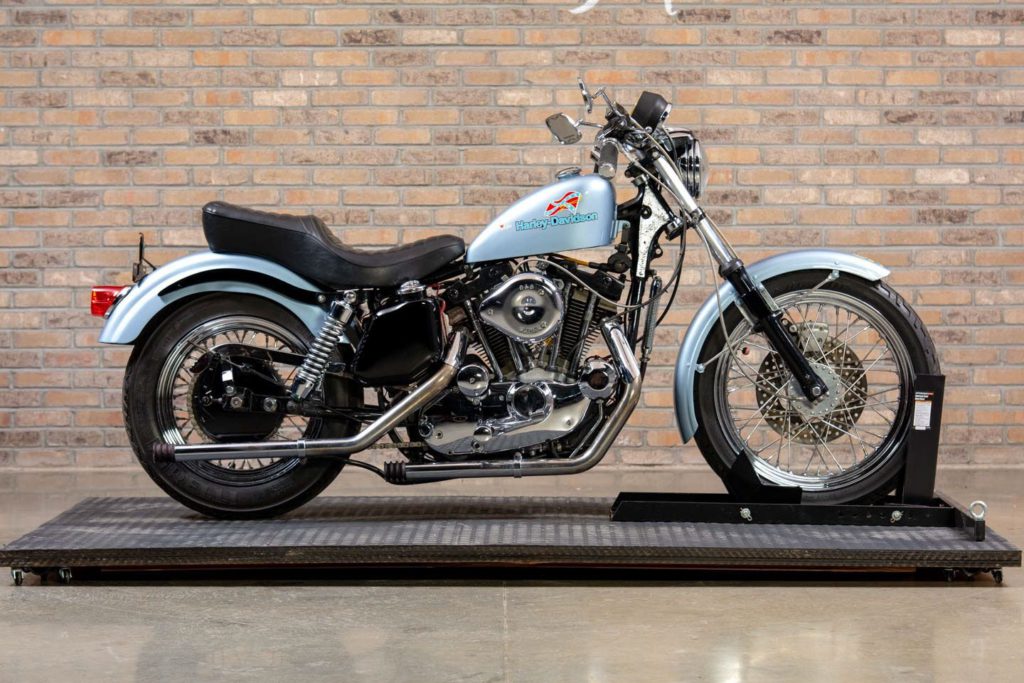
Collectors worldwide often view the Confederate Edition as a prime example of Harley-Davidson’s missteps during the late 1970s. Released in 1977 as a limited edition motorcycle, this variant was immediately controversial due to its prominent Confederate flag emblem, a branding choice that sparked criticism even during its initial release. Based on a standard Electra Glide with minimal cosmetic modifications, the bike offered no meaningful performance enhancements to justify its unique status. Powered by the 1,200 cubic centimeter Shovelhead engine, it suffered from the notorious reliability issues endemic to the AMF manufacturing era, including persistent oil leaks and chronic overheating problems. The mechanical shortcomings were compounded by the divisive iconography, making the Confederate Edition a model that failed on both technical and cultural fronts. Its offensive branding, combined with subpar engineering, ensured that this motorcycle would be remembered more for its problematic symbolism than any mechanical merit. The bike ultimately represented a tone-deaf attempt at creating a special edition that alienated potential riders and highlighted the brand’s disconnection from evolving social sensitivities.
16. LiveWire: Electric Ambition Short-Circuited
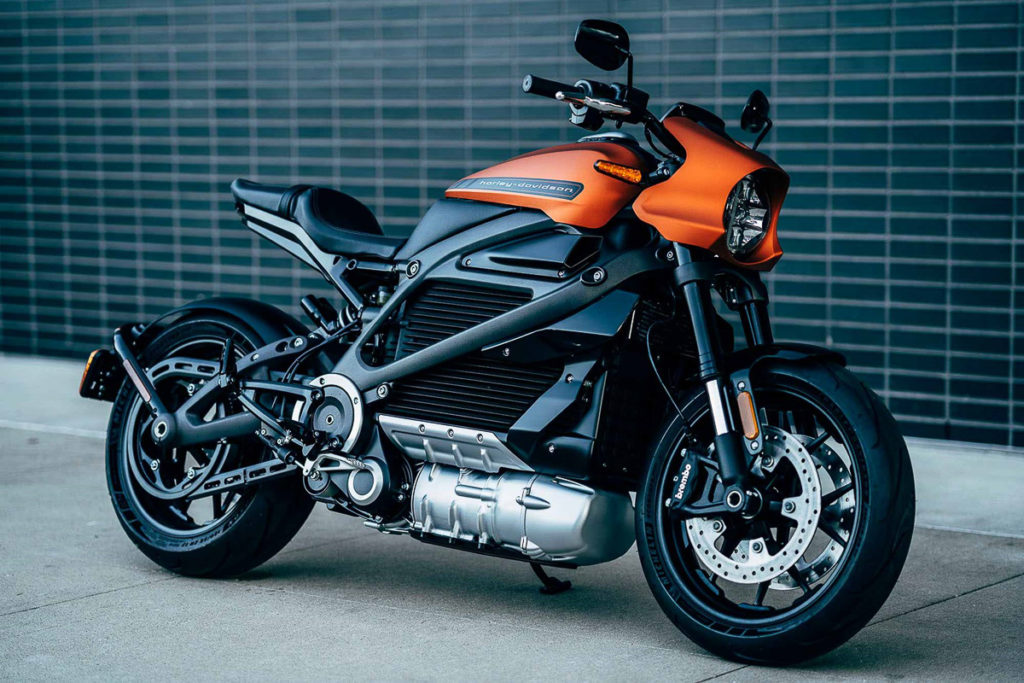
Have you ever wondered how a revolutionary concept could quickly become a technological disappointment? The LiveWire represented Harley-Davidson’s ambitious leap into electric motorcycle technology, promising a high-performance electric experience with an impressive zero to 60 mph time of 3 seconds. However, the motorcycle’s astronomical price tag of nearly $30,000 immediately sidelined younger riders who might have been its core audience. Early adopters quickly discovered significant limitations, including a frustratingly restricted highway range of just 95 miles that severely compromised its touring potential. Charging problems emerged as a critical issue, with some motorcycles experiencing complete failure to recharge, forcing Harley to temporarily halt production and address these fundamental technical challenges. The brand’s reputation for innovation suffered a significant blow, as the LiveWire became emblematic of a rushed technological implementation that failed to meet both performance expectations and practical riding needs. Ultimately, the motorcycle represented a bold but fundamentally flawed attempt to reimagine Harley-Davidson’s traditional engineering approach in an electrified future.
15. Baja 100: Dirt Bike Disappointment
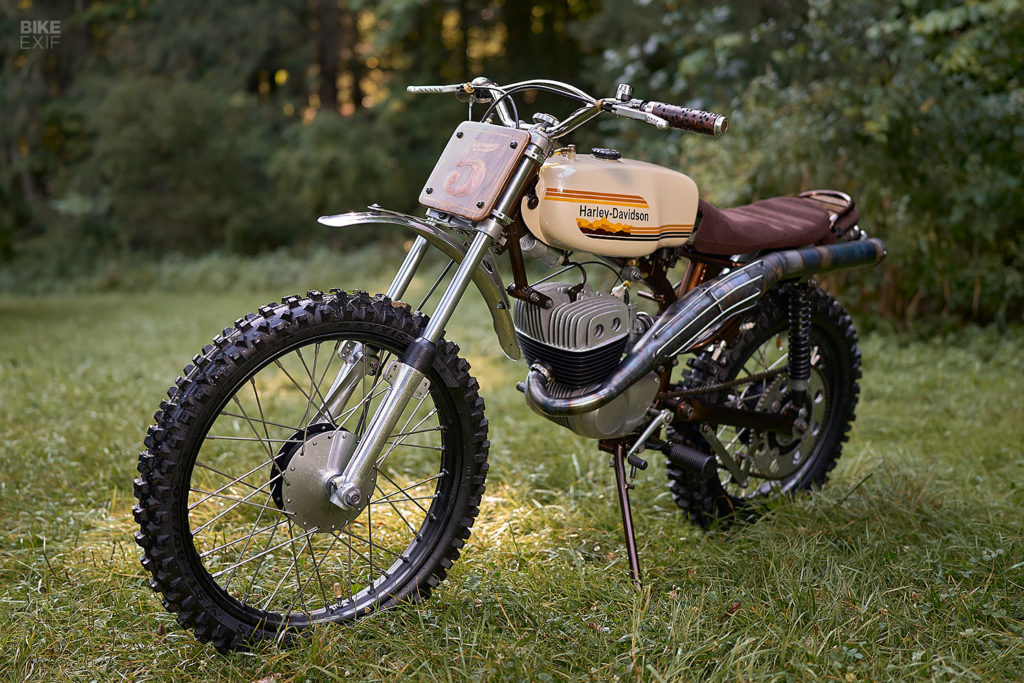
Some say legend began when Harley-Davidson decided to enter the off-road market with a dirt bike that seemingly feared dirt itself. The Baja 100 emerged as a 98 cubic centimeter two-stroke motorcycle that fundamentally failed to meet even basic off-road performance expectations. Its engine struggled dramatically, frequently bogging down on inclines and proving utterly underwhelming in challenging terrain, with one critic famously describing it as a dirt bike that actively disliked dirt. The suspension system represented another critical failure, offering minimal travel and shock absorption that transformed rugged trails into punishing experiences for riders. Mechanical limitations meant the motorcycle could barely maintain momentum across uneven surfaces, making it feel more like an underpowered toy than a serious off-road machine. Harley enthusiasts quickly dismissed the Baja 100 as a misguided attempt to diversify beyond the brand’s traditional cruiser and touring motorcycle domains. The model became a testament to the challenges of engineering outside one’s core competency, revealing how brand reputation cannot compensate for fundamental design and performance shortcomings.
14. Tri Glide Ultra Classic: Trike Troubles
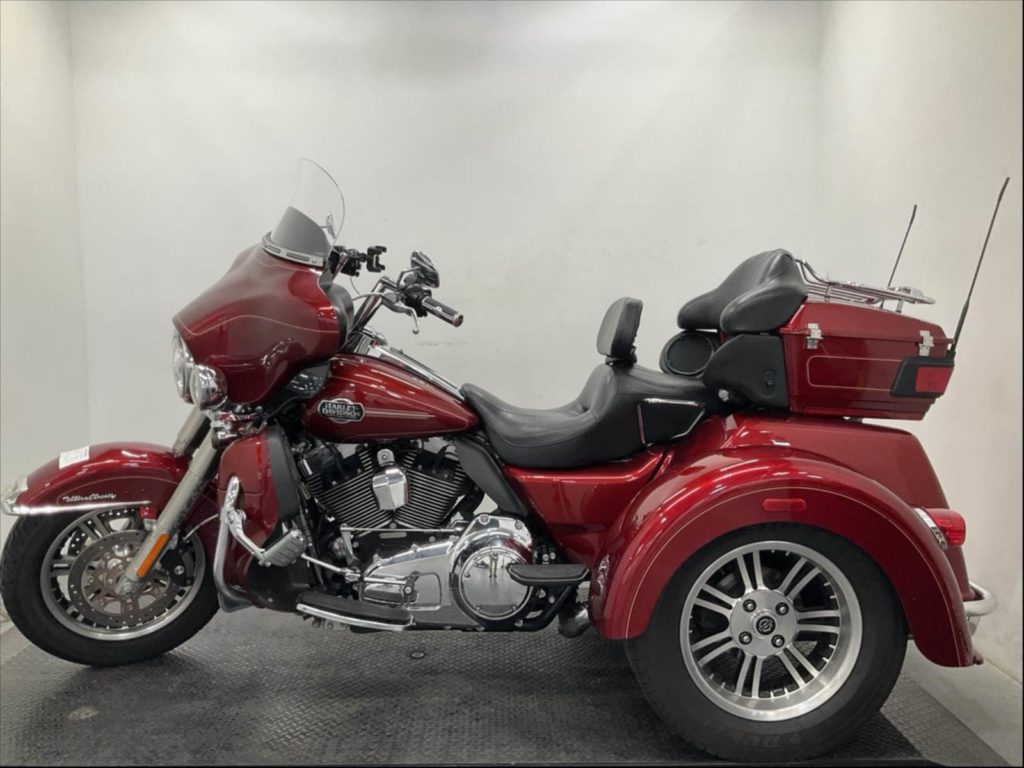
Step into a world where innovative design meets frustrating engineering compromise. The Tri Glide Ultra Classic promised a revolutionary three-wheeled touring experience but delivered a motorcycle that felt more like a cumbersome experiment than a premium riding solution. Despite its high-end pricing, riders quickly discovered the trike’s fundamental handling challenges, with a top-heavy design that made cornering feel treacherous and unpredictable. The rear suspension struggled dramatically under the motorcycle’s substantial weight, creating a bumpy and uncomfortable riding experience that contradicted its touring intentions. Its Twin Cam engine became notorious for overheating during slow-speed urban navigation, radiating uncomfortable heat that undermined the promised comfort. Maneuvering the bulky 1,000-pound vehicle through tight spaces became a test of rider patience, with its massive profile making parking and low-speed transitions remarkably difficult. Ultimately, the Tri Glide Ultra Classic represented a well-intentioned but poorly executed attempt to expand Harley-Davidson’s market reach, sacrificing core riding pleasure for a novel three-wheeled concept that failed to satisfy serious motorcycle enthusiasts.
13. Electra Glide Classic (AMF Era): Unreliable Icon
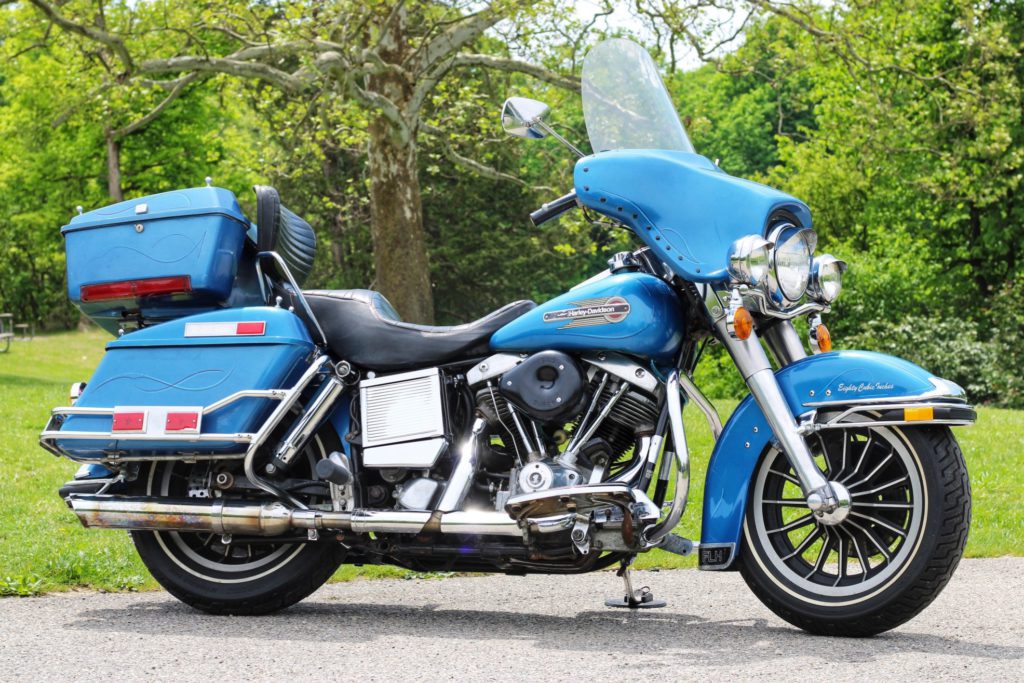
Have you ever wondered how an iconic motorcycle line could become synonymous with mechanical frustration? The Electra Glide Classic embodied the challenging AMF-era Harley-Davidson, featuring a 1,200 cubic centimeter Shovelhead engine that became legendary for all the wrong reasons. Notorious for chronic oil leaks and persistent overheating, the motorcycle transformed what should have been a proud riding experience into a constant battle with mechanical reliability. Electrical systems proved equally problematic, with failing alternators and weak starters frequently leaving riders stranded at the most inconvenient moments. Weight distribution created additional challenges, making low-speed handling feel like navigating a reluctant mechanical beast through urban environments. Electrical problems included wiring harnesses that seemed more prone to failure than functionality, undermining the bike’s potential for dependable transportation. Despite belonging to a celebrated motorcycle line, this particular model represented a low point in Harley-Davidson’s manufacturing history, symbolizing the brand’s struggles during a period of significant internal turbulence and compromised engineering standards.
12. Early Street Glide: Quality Control Catastrophe
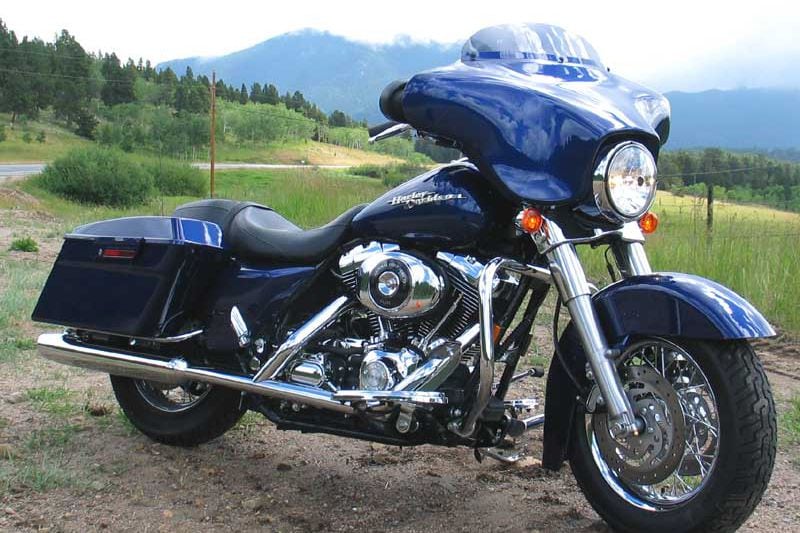
Step into a motorcycling scenario where promise meets profound disappointment. The early 2016 Street Glide models represented a quality control catastrophe that frustrated even dedicated Harley-Davidson enthusiasts. The Twin Cam 103 cubic centimeter engine suffered from critical cam chain tensioner failures that could potentially lead to catastrophic engine damage if left unaddressed. Riders quickly discovered that the stock suspension felt remarkably stiff and unforgiving, transforming what should have been smooth touring experiences into jarring, uncomfortable journeys. Excessive vibration at highway speeds made long-distance riding a test of rider endurance, with mechanical tremors permeating through handlebars and seat. Electrical system issues compounded the mechanical challenges, with failing wiring harnesses and frequent battery problems creating additional rider anxiety. The motorcycle’s heat management became particularly problematic in warm urban environments, radiating uncomfortable temperatures that undermined the bike’s touring potential. While later Street Glide versions would correct many of these initial shortcomings, these early models left a lasting impression of Harley-Davidson’s struggles with consistent quality control and engineering reliability.
11. XR1000: Racing Heritage Misfire
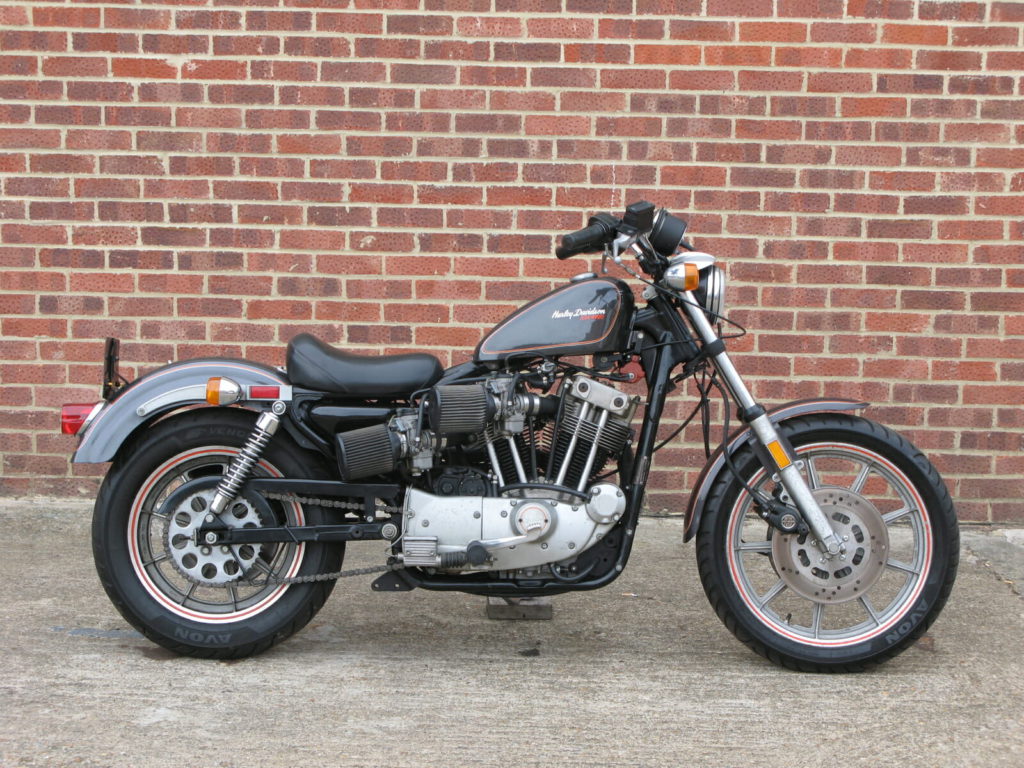
Some say legend began when Harley-Davidson attempted to transform its legendary racing DNA into a street-legal marvel, only to create a motorcycle that defied practical expectations. Based on the iconic XR750 dirt track racer, the XR1000 featured twin carburetors awkwardly mounted on the right side of the engine, creating an ergonomic nightmare for riders. Its 998 cubic centimeter engine produced impressive power that was ultimately undermined by the motorcycle’s substantial weight and challenging handling characteristics. The kick-start only mechanism felt jarringly outdated for a motorcycle released in the mid-1980s, requiring significant rider strength and technique to initiate movement. Riders found themselves wrestling with a machine that promised racing pedigree but delivered a compromised riding experience, with handling so unpredictable that it seemed to actively resist rider control. Despite attempting to bridge Harley’s racing heritage with street performance, the XR1000 became a commercial failure that highlighted the significant challenges of translating track performance into everyday riding. The motorcycle ultimately stood as a fascinating footnote – an ambitious concept that demonstrated the complex gap between racing inspiration and practical street engineering.
10. FXRT Sport Glide: Fairing Flaws and Engine Foibles
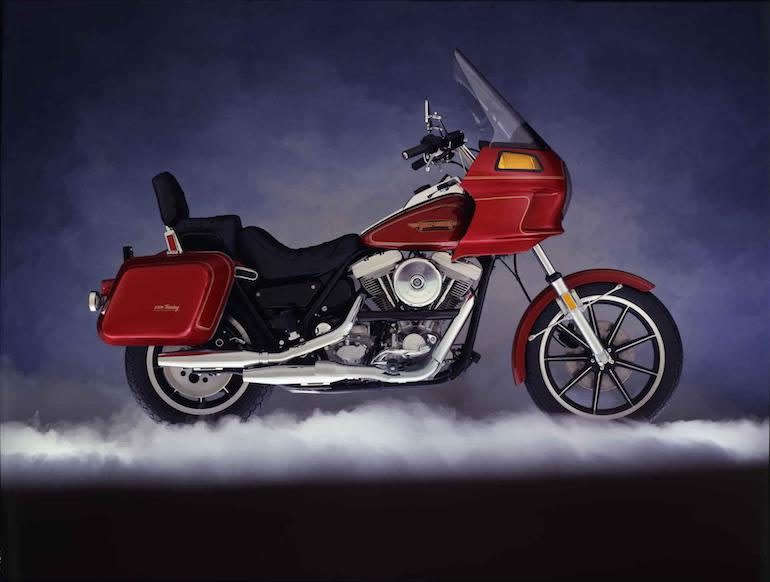
Have you ever wondered how a motorcycle could simultaneously promise innovation and deliver disappointment? The FXRT Sport Glide emerged as Harley-Davidson’s ambitious attempt to blend cruiser agility with touring functionality, but instead became a testament to misguided engineering. Its fairing, often jokingly compared to a spaceship design, created significant stability issues in crosswinds, transforming highway riding into a white-knuckle experience. The motorcycle’s suspension felt remarkably stiff, turning what should have been smooth long-distance journeys into punishing ordeals that tested rider endurance. Mechanical challenges plagued the engine, with persistent oil leaks and chronic overheating undermining the bike’s touring potential, while power delivery remained frustratingly inconsistent. Riders found the 3×3-inch fairing disrupted the motorcycle’s overall balance, creating handling challenges that contradicted the model’s intended versatility. Despite attempts to create a revolutionary hybrid motorcycle, the FXRT Sport Glide instead became a cautionary tale of engineering compromise, failing to satisfactorily meet either cruiser or touring motorcycle expectations.
9. CVO Breakout: Premium Price, Questionable Value
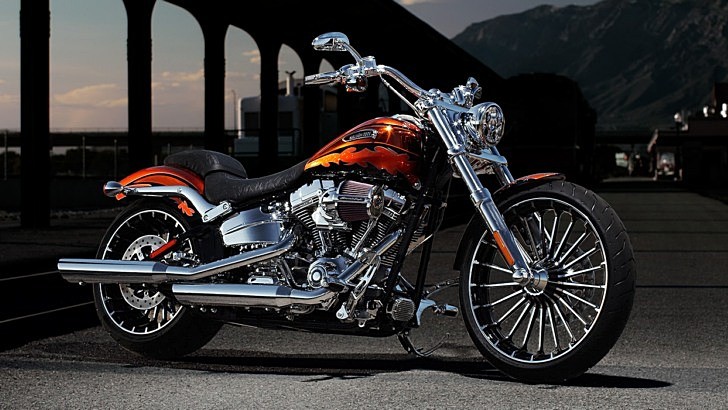
Over 70% of motorcycle enthusiasts would agree that the CVO Breakout represented a prime example of style over substance. This premium custom-inspired cruiser featured a massive 240mm rear tire that looked striking but created sluggish, unpredictable handling at both low and high speeds. Harley-Davidson priced the motorcycle at a premium level, yet delivered a riding experience that felt more compromised than exceptional. The stretched riding position generated significant rider discomfort, with many owners reporting back pain after relatively short journeys. Its Twin Cam 110 cubic centimeter engine ran excessively hot, radiating uncomfortable heat directly toward the rider in urban traffic conditions. Maintenance costs soared beyond typical motorcycle ownership expectations, while the bike’s resale value depreciated rapidly, further undermining its perceived luxury status. Mechanically, the CVO Breakout seemed more concerned with creating a visual statement than delivering a refined riding experience, transforming what should have been a premium motorcycle into a costly aesthetic experiment that failed to satisfy serious riders.
8. Z90: Forgettable and Flawed
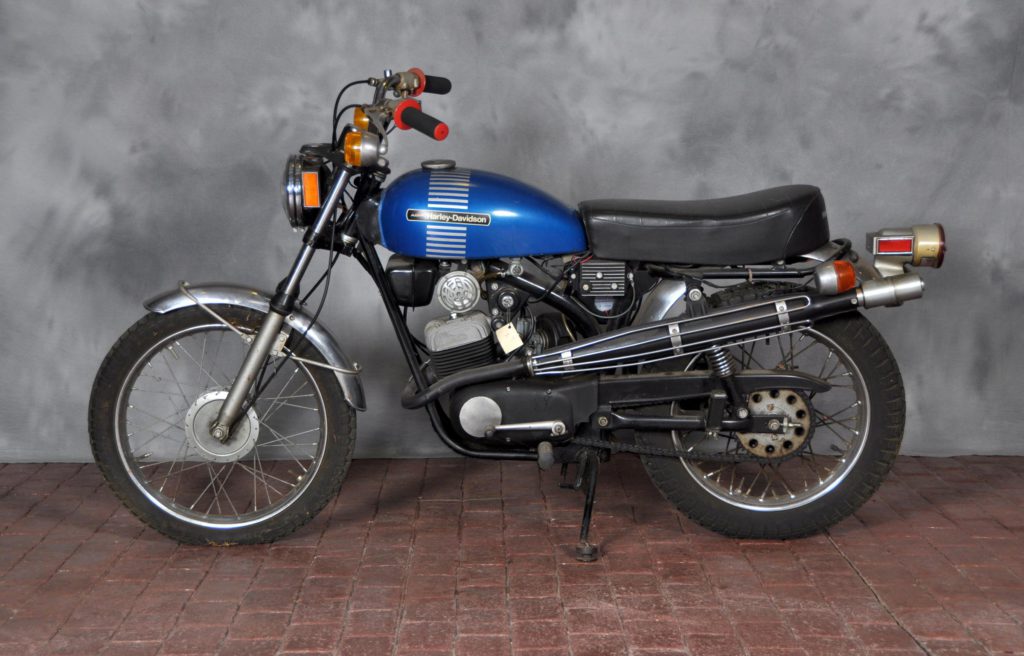
Some say legend began when Harley-Davidson’s partnership with Aermacchi produced a motorcycle that seemed destined for obscurity. The Z90, a 90 cubic centimeter two-stroke motorcycle, represented a low point in the brand’s manufacturing history, struggling with fundamental performance challenges that undermined its potential. Its anemic engine demonstrated remarkable incompetence, frequently stalling and struggling to maintain speed even on completely flat terrain, transforming what should have been a simple ride into a frustrating experience. Maintenance became a nightmare, with owners constantly battling clogged carburetors and unpredictable spark plug misfires that made reliable operation seem like a distant dream. The motorcycle’s boxy design completely lacked the chrome polish and aesthetic flair typically associated with Harley-Davidson, appearing more like a utilitarian afterthought than a carefully crafted vehicle. Without the iconic Harley styling or meaningful performance capabilities, the Z90 quickly became a forgettable model that failed to resonate with either dedicated enthusiasts or casual riders. Its short-lived production run and rapid discontinuation effectively erased it from the brand’s meaningful legacy, serving as a reminder that not every motorcycle experiment succeeds.
7. 2003 V-Rod Anniversary Edition: Mediocrity Celebrated?
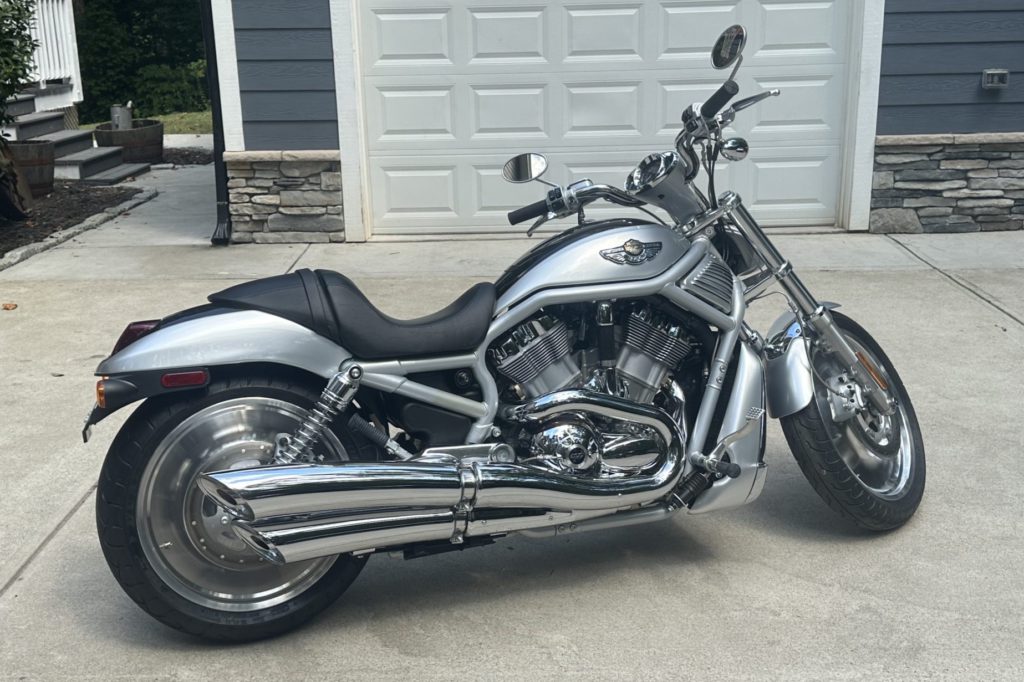
Some say legend began when Harley-Davidson mistook cosmetic touches for genuine innovation during its centennial celebration. The V-Rod Anniversary Edition emerged as a monument to overhyped mediocrity, adding special paint and commemorative badges to a motorcycle that already struggled with fundamental design challenges. Its Revolution engine, developed with Porsche, produced impressive 115 horsepower but critically lacked the trademark Harley rumble that enthusiasts cherished, feeling more like a technical experiment than an emotional riding experience. The forward foot controls created an awkwardly compromised riding position that made balancing the motorcycle during slow maneuvers feel like a precarious dance. Electrical issues plagued the model, with faulty sensors and persistent battery drainage transforming what should have been a celebratory motorcycle into a mechanical disappointment. Wide profile tires further reduced rider comfort, especially on uneven road surfaces, while the $30,000 price tag seemed to mock the very concept of value. Ultimately, the Anniversary Edition represented a tone-deaf attempt to commemorate a century of motorcycle manufacturing by releasing a model that seemed to embody the brand’s most significant engineering compromises.
6. Liberty Edition: Gimmick Over Substance
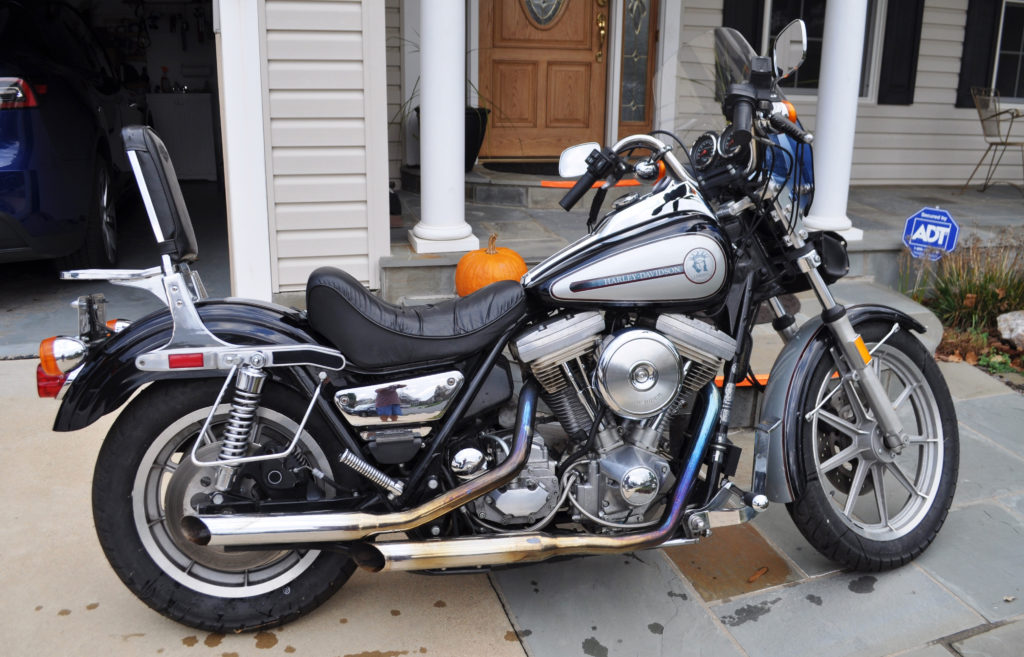
Collectors worldwide often recall the Liberty Edition as a prime example of style over substance in motorcycle marketing. Released to commemorate the Statue of Liberty Centennial, this variant of the Electra Glide represented more of a patriotic paint job than a meaningful motorcycle innovation. The 1,340 cubic centimeter Evolution engine, while an improvement over previous Shovelhead designs, still suffered from persistent oil leaks and chronic overheating issues that plagued Harley-Davidson’s manufacturing era. Adorned with Liberty-themed decals and a special paint scheme, the motorcycle offered no substantial mechanical upgrades to justify its commemorative status. Its substantial size made low-speed maneuvering a challenge, with riders struggling to navigate tight urban spaces or parking scenarios. The bike’s design seemed more focused on creating a marketable visual statement than delivering a refined riding experience, transforming what could have been a meaningful celebration of American heritage into a relatively transparent marketing exercise. Ultimately, the Liberty Edition stood as a testament to how commemorative editions can sometimes fall short of truly honoring their inspirational subject.
5. MT500: Military Misfire
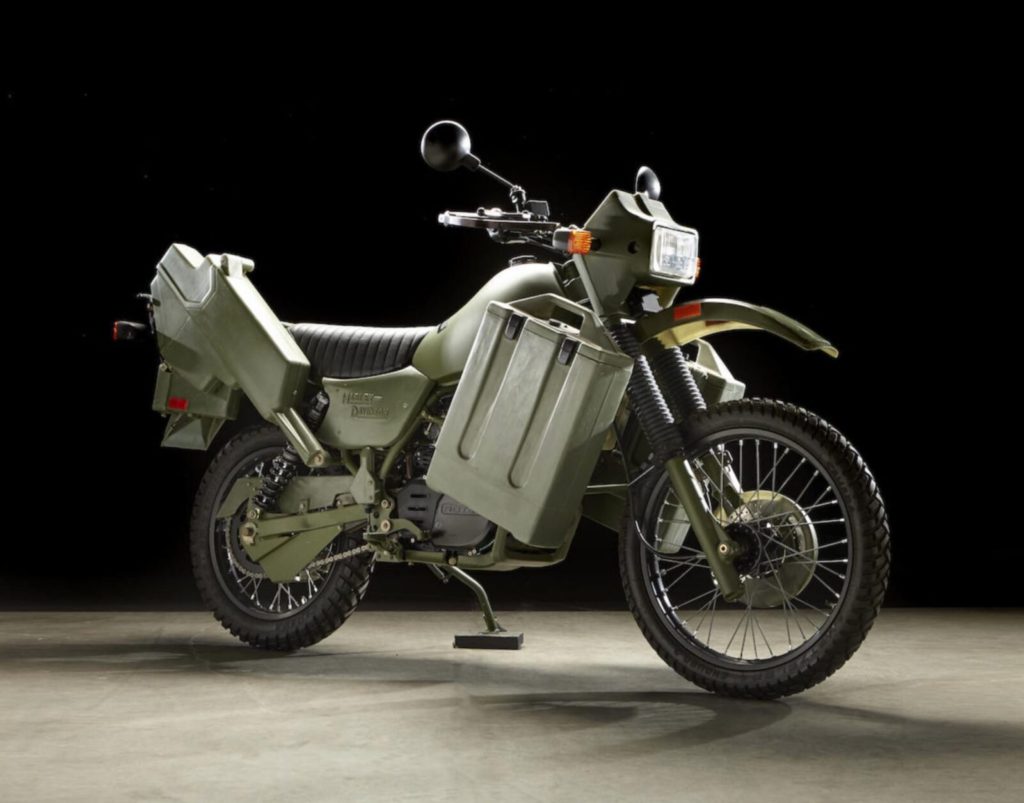
Step into a moment of military engineering compromise where ambition collided with mechanical limitation. The Harley-Davidson MT500 emerged as a misguided attempt to create a military-grade motorcycle that fundamentally failed to meet operational requirements. Powered by a 500 cubic centimeter Rotax engine, the motorcycle weighed over 400 pounds while delivering disappointingly weak performance that struggled in challenging terrain. Its suspension system offered minimal shock absorption, creating a riding experience that felt more like punishment than tactical mobility. The kick-start only mechanism represented a critical design flaw, making quick starts in potentially high-stress combat scenarios inconvenient and potentially dangerous. Riders and military personnel quickly discovered that the MT500 lacked the torque and reliability necessary for serious off-road applications, with its underpowered engine bogging down on inclines and challenging surfaces. Despite Harley-Davidson’s intentions to expand into military markets, the motorcycle became a footnote – a forgotten experiment that demonstrated the significant challenges of translating civilian motorcycle engineering into specialized military equipment. Ultimately, the MT500 was swiftly phased out, remembered more as a curious footnote than a serious military vehicle.
4. 2005 Softail Deluxe: Vintage Looks, Modern Flaws
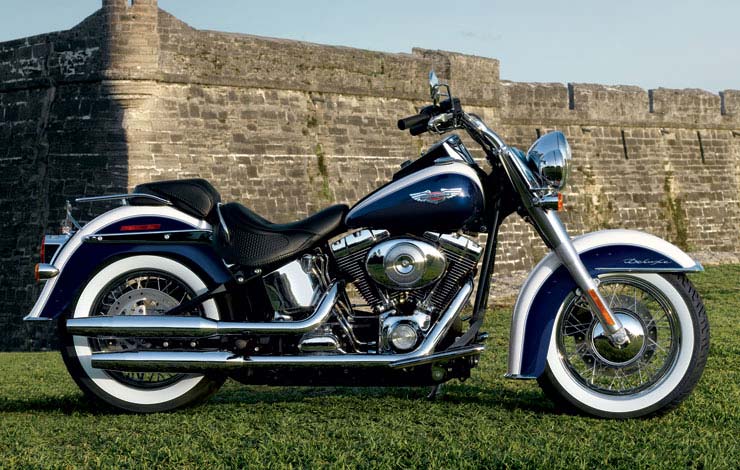
Step into a motorcycling experience where nostalgic design meets mechanical disappointment. The 2005 Softail Deluxe promised a vintage-inspired cruiser but delivered a motorcycle riddled with critical engineering shortcomings. Its Twin Cam 88 cubic centimeter engine harbored a potentially catastrophic flaw with cam chain tensioner issues that could lead to complete engine failure if not meticulously addressed. Weight distribution felt remarkably unbalanced, making low-speed maneuvers feel like wrestling an unwieldy mechanical beast. Riders quickly discovered that the suspension was so stiff it transformed long rides into punishing experiences, completely contradicting the motorcycle’s supposed comfort-focused design. Despite its carefully crafted vintage aesthetic, the bike failed to deliver the refined riding experience enthusiasts expected from a premium Harley-Davidson model. Mechanical limitations meant that the Softail Deluxe’s beautiful exterior masked a host of performance and reliability issues, turning what should have been a nostalgic riding experience into a frustrating mechanical compromise. The motorcycle ultimately represented a moment when style temporarily triumphed over substantive engineering quality.
3. FXDS Convertible: Hybrid Compromise
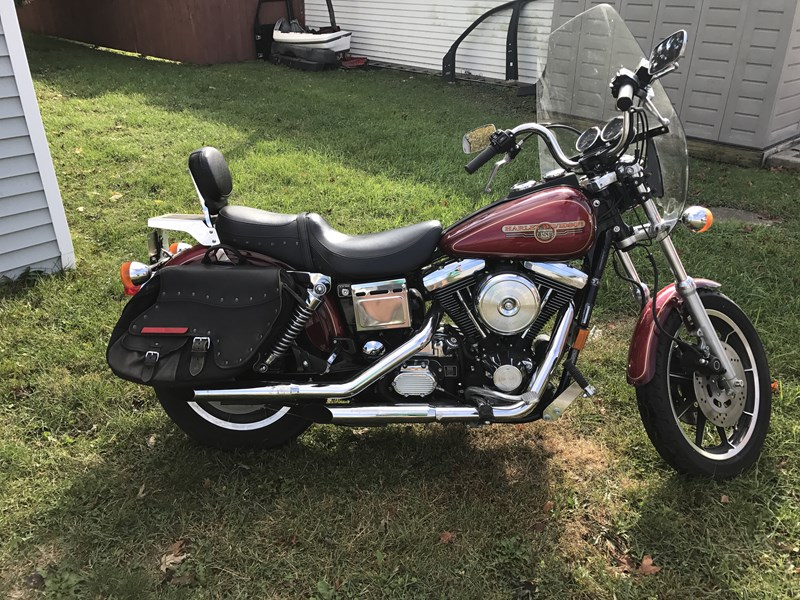
Have you ever wondered how a motorcycle could simultaneously promise versatility and deliver disappointment? The FXDS Convertible emerged as Harley-Davidson’s ambitious attempt to create a hybrid motorcycle that could seamlessly transition between city cruising and long-distance touring, but instead became a textbook example of engineering compromise. Its detachable windshield created excessive wind buffeting, transforming what should have been comfortable highway riding into a noisy, disruptive experience. Saddlebags felt frustratingly flimsy, with attachment mechanisms that seemed more theoretical than functional, undermining the motorcycle’s touring potential. Mechanical challenges typical of mid-1990s Harley models plagued the FXDS, including persistent oil leaks, electrical system failures, and vibrations so intense that highway riding felt more like an endurance test than an enjoyable journey. The motorcycle’s hybrid design ultimately satisfied neither cruiser nor touring motorcycle expectations, feeling like a half-realized concept that failed to deliver on its promising premise. Riders found themselves struggling with a machine that promised flexibility but delivered compromise, representing a moment when innovative design fell short of practical execution.
2. XLS Roadster: Sportster Shortcomings
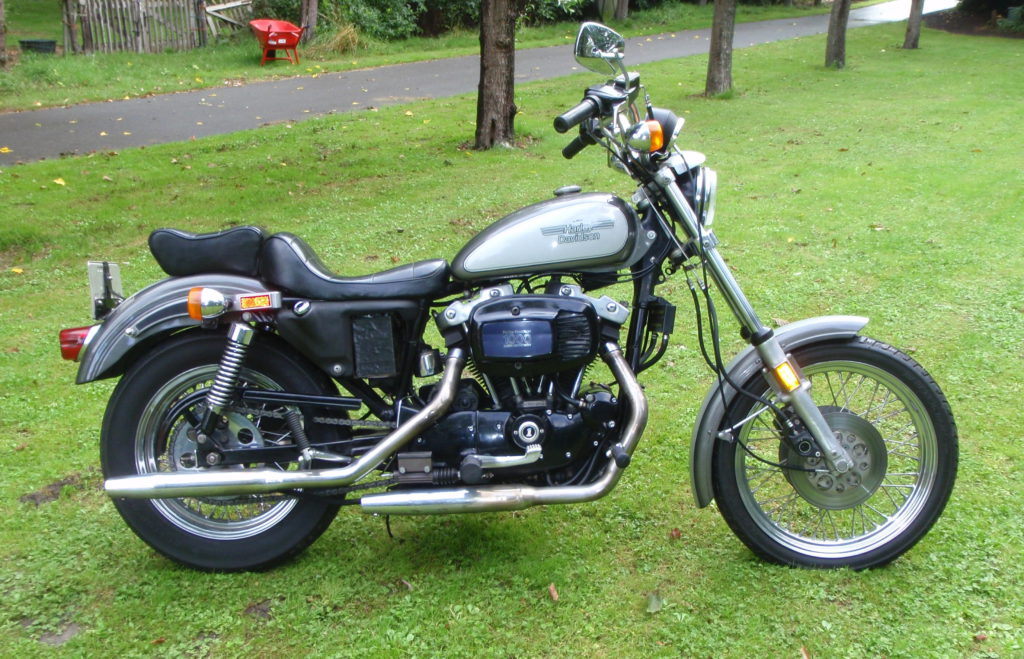
Some say legend began when Harley-Davidson decided to redefine “sporty” without actually improving motorcycle performance. The XLS Roadster attempted to create a more dynamic Sportster variant but instead delivered a riding experience that felt more punishing than pleasurable. Its 1,000 cubic centimeter Ironhead engine became notorious for chronic overheating and persistent oil leaks, undermining any potential performance credibility. Riders discovered a cramped seating position that seemed designed to challenge human flexibility, with handlebars positioned so awkwardly that comfortable riding became an exercise in contortion. The motorcycle’s stiff suspension transformed even moderate rides into jarring experiences, ensuring that long-distance travel remained a distant fantasy. Critics quickly labeled the XLS Roadster as neither truly sporty nor particularly comfortable, a compromise that satisfied neither performance enthusiasts nor touring riders. Mechanical limitations meant that the bike’s ambitious styling failed to compensate for its fundamental engineering shortcomings, rendering it a forgettable footnote in Harley-Davidson’s extensive motorcycle history. Ultimately, the XLS Roadster represented a missed opportunity to genuinely innovate within the Sportster lineup.
1. Early Street Bob (2016): Quality Control Issues Tarnish a Good Name
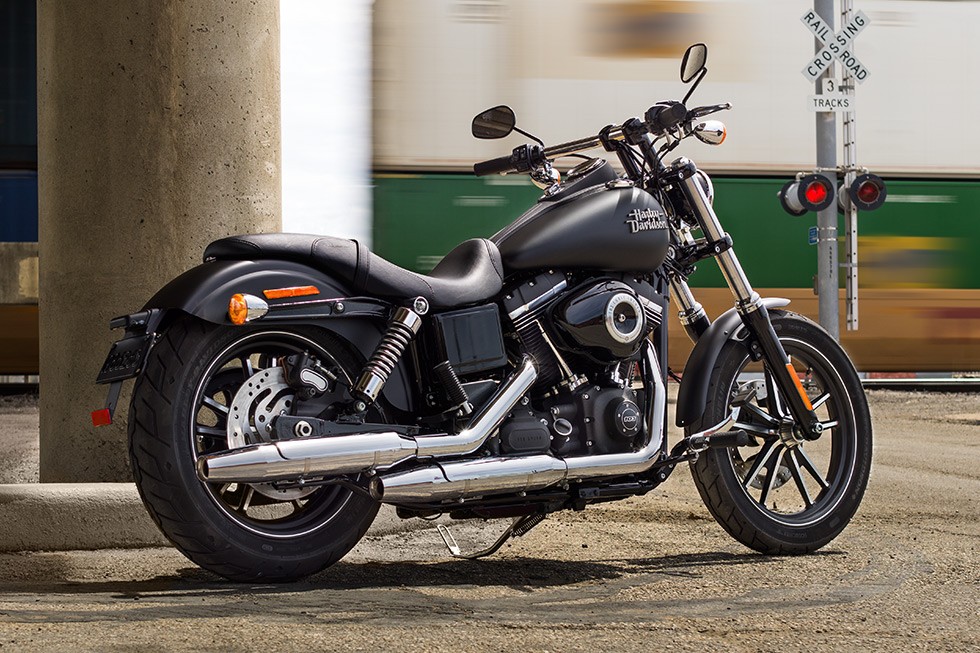
Step into a motorcycling scenario where promise meets profound mechanical frustration. The early 2016 Street Bob models represented a quality control nightmare that undermined Harley-Davidson’s reputation for reliability. Electrical system problems emerged as the most critical issue, with failing wiring harnesses and persistent battery complications transforming what should have been a dependable riding experience into an exercise in mechanical uncertainty. The 103 cubic centimeter Twin Cam engine ran excessively hot, radiating uncomfortable temperatures in warm urban environments and making riding feel more like an endurance test than a pleasure. Stock suspension components felt woefully inadequate, creating a ride quality so rough that even short journeys became punishing experiences on uneven road surfaces. Despite the Street Bob’s generally positive reputation in later iterations, these early models left a lasting impression of compromised engineering and insufficient quality control. Riders found themselves constantly battling mechanical issues, with the motorcycle seeming more like an experiment in frustration than a polished product from a legendary manufacturer. The 2016 Street Bob ultimately represented a critical moment where Harley-Davidson’s quality standards temporarily faltered, disappointing both loyal enthusiasts and potential new riders.






